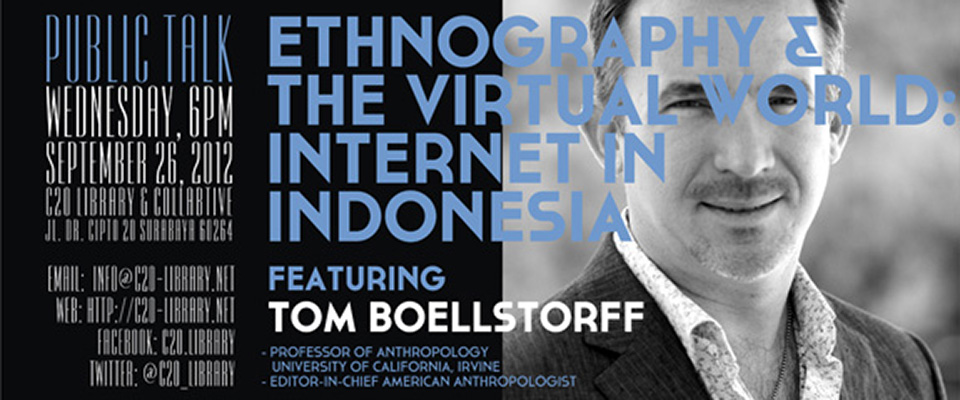One of my favorite parts of the conversation Kathleen Cool and I had with Tom Boellstorff was about what I like to jokingly refer to as hotness based research. I wonder if any of the readers here have ever had this problem I encounter when I attend parties or events where I am with any kind of games/technology enthusiast: Someone discovers that I study Second Life, and I suddenly see this incredulous face and then hear this long drawn out, “But, whhhhyyyyy? That is so not relevant!” (I find the word “relevant” has become a very popular catchphrase really referring to “cool” or “popular”).
This is something that always bugs me—I don’t study things because I think they are cool but because they are important, or they provide an interesting view on an issue or concept. So, I asked Boellstorff to give his perspective on this perceived tendency to want to study the cool and new. 
Boellstorff mentioned that in technology studies (compared to many other topics social researchers study) there sometimes seems to be a sense of falling behind, of a need to keep up with the next fad. Blackberry was hot, now it’s not (in the USA, that is). (A nice discussion of this is in the article by David Karpf “Social Science Research Methods in Internet Time” (Information, Communication, and Society 15(5):639–661, 2012).)
There is a real danger that we may be moving on just as we are beginning to ask the really good questions and there is still interesting work to be done. Good research takes not just time, but an active research community, so that we can build on the work of our colleagues. Often we get to the most interesting things because of this body of work that came before us.
This led to a discussion of the importance of talking to other researchers. Boellstorff told us that “Even Second Life is too big to study alone, no one can do everything or talk to everyone. We can only ever collect what James Clifford referred to in Writing Culture as “partial truths”. Other researchers working in Second Life, or whatever other virtual world or venue we are exploring, may encounter what on the surface seem vastly different perspectives or world views”.
Other researchers working in Second Life, or whatever other virtual world or venue we are exploring, may encounter what on the surface seem vastly different perspectives or world views”.
There is never just one opinion, but neither are there 500. When we gather these observations and perspectives together, we start to see clusters. Underneath all the difference, there are usually meaningful patterns. But without that research community, that kind of depth and breadth of knowledge is just not possible.
He went on to say that “Our decisions about what to study don’t have to be either/or, there is certainly room to study both older technologies/platforms and emerging ones. For example, blogs are certainly still very important, and their use has evolved and changed over the years. But a lot of people in technology studies might say, “Oh, that is so 1997!” It would be a real loss if we did not get a chance to understand how blogs continue to be used just because they are not the newest, brightest new thing”.
Scientific research is about building a body of work, and it would be very dangerous if we abandon something because someone already studied it. It is only after time that we sometimes see what is really important.
For instance, he mentioned that he ended up discussing place before identity in Coming of Age in Second Life, even though that was not his original plan. Often people wants to talk about avatars and identities; place might seem boring in comparison, but over time he saw the importance of prioritizing this.


Hi Katie… Great post! I don’t know how I missed this one, but I’m glad I’ve been circling back and checking on posts. I love that you are an anthroplogist roaming around in our virtual worlds! I have a sense that there are many normal human interactions which become distorted or exaggerated in Second Life. I believe time has changed the demographic even. I need to back up and reconnect with your works. And I’m so glad I met you last night. Hugs, Yordie